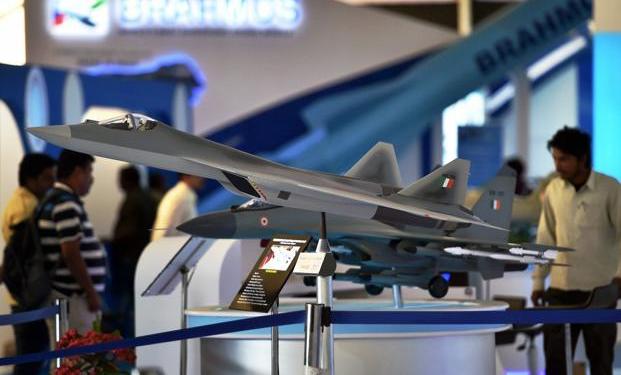Soon after Narendra Modi became the Prime Minister of India, the Make in India initiative was launched in September 2014 with a wider objective of nation building by making India a global design and manufacturing hub. Changes were made in the obsolete rules and regulations to encourage manufacturers to set up their units in India. Different sectors from Defence to Railways were streamlined for investment and rudimentary regulations in these sectors were scrapped to improve ease of doing business.
Successful in attracting manufacturers, Make in India has helped India to further improve on its finances and create lakhs of jobs for the Indian Youth. Investments in sectors like automobiles, electronics, defence and others have helped India avoid spending its Forex reserves on imports.
With different sectors performing optimally under Make in India, Defence Sector has been witnessing huge investments for design and manufacturing in India. India having the 5th largest defence budget in the world, procures 60 percent of weapons from International markets. Self-sufficiency in Defence manufacturing for India is critical as India strides ahead in 21st century in a hostile neighborhood.
According to a report by the India today group, Narendra Modi’s Make in India Initiative has helped the defence ministry save more than 1 lakh crores in foreign exchange. In the previous few years, multiple defence design and manufacturing projects have been operational in India. As developing indigenous capacity and capability in defence sector is indispensable for a nation as big as India, however, being the world’s second largest defence importer, India has been highly dependent on foreign countries to provide advanced weaponry.
Defence Research and development organization or (DRDO) has been leading the indigenization efforts of the Indian defence sector. Multiple projects by the DRDO have been accepted over foreign alternatives. The SR-SAM (short range surface to air missiles) for the Navy (which is expected to cost around Rs. 30,000 Cr ), which is capable of shooting down incoming enemy aircraft and missiles in short range was sought from international manufacturers however after negotiations, government decided to go for an indigenous alternative under make in India initiative from DRDO. Similar demand for SR-SAM for army (estimated to cost around 20,000 Crores) was floated but after DRDO offered its Akash missile with indigenous sensors, the project was accepted.
Other projects in which the government has decided to go for Indigenous alternative against foreign suppliers include Quick Reaction Surface to Air Missile (QRSAM), Anti-Tank Guided Missile (ATGM), helicopter-launched anti-tank guided missiles and the armored vehicle launched anti-tank missiles for the army.
Efforts by the government in the Make in India Initiative has shown definitive results, this not only saves India’s forex reserves but also helps India reduce its dependency on foreign manufacturers as foreign manufacturers can be unreliable at times of geopolitical tensions. Consequently, focus on Make in India has improved India’s ease of doing business rank from 142nd in 2014 to 77th in 2018 and the Indian economy will start exhibiting its impact in the coming future.
































